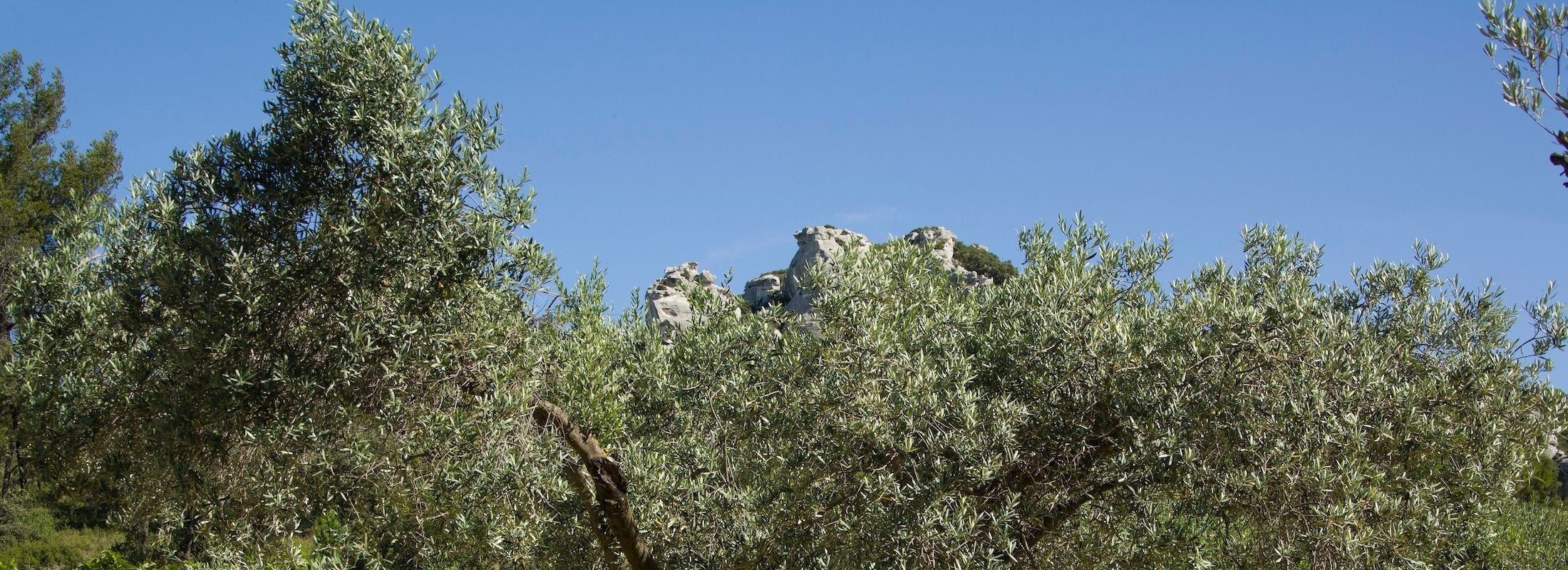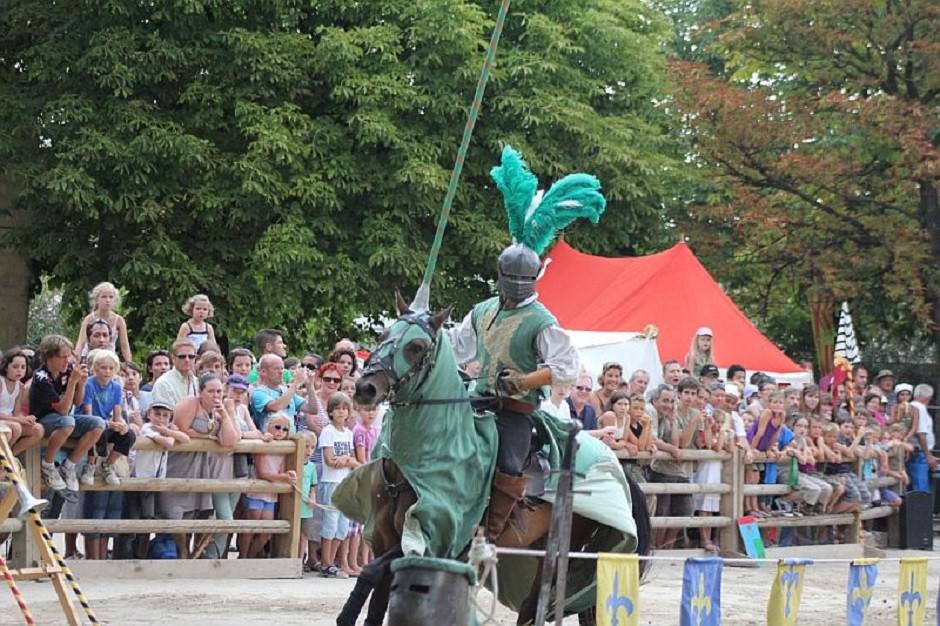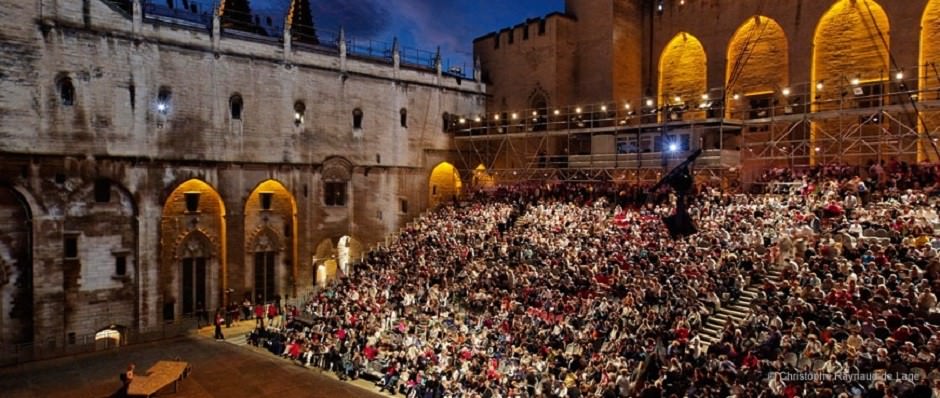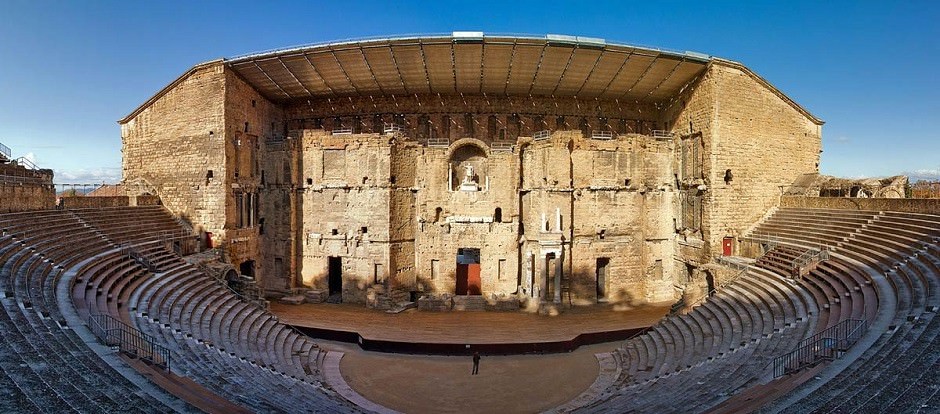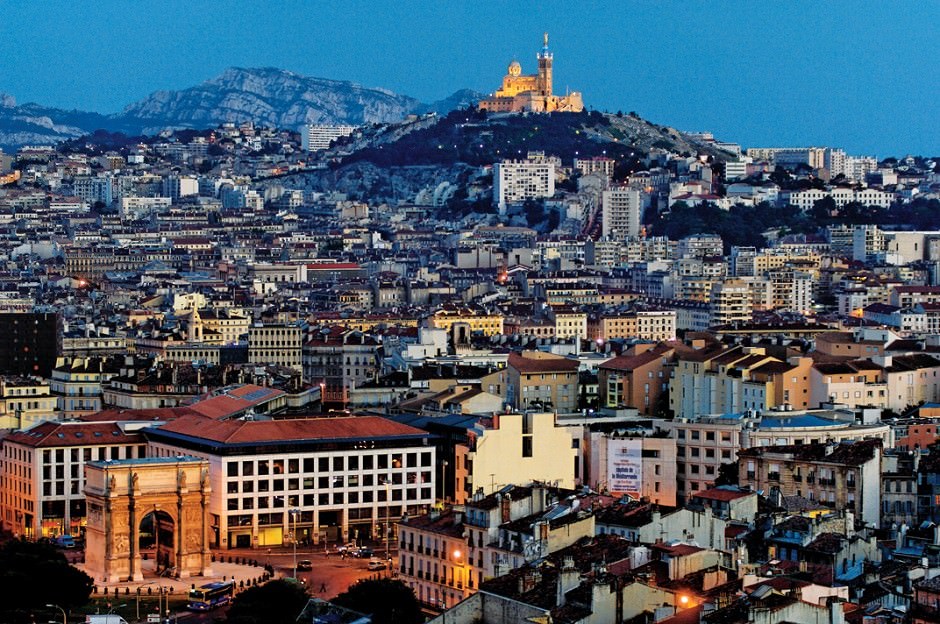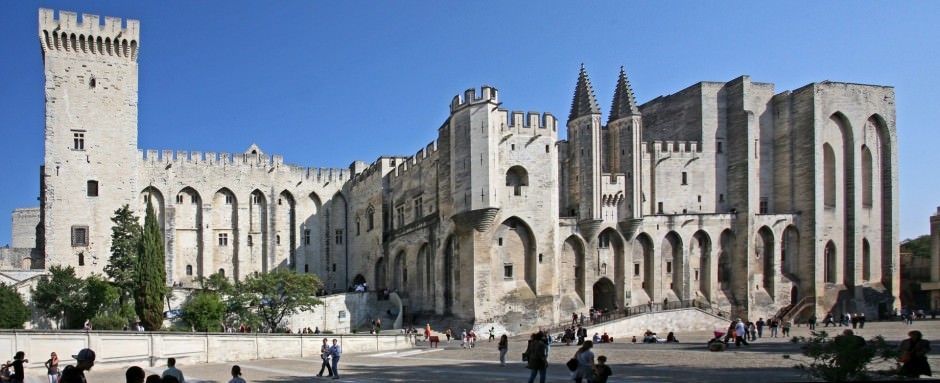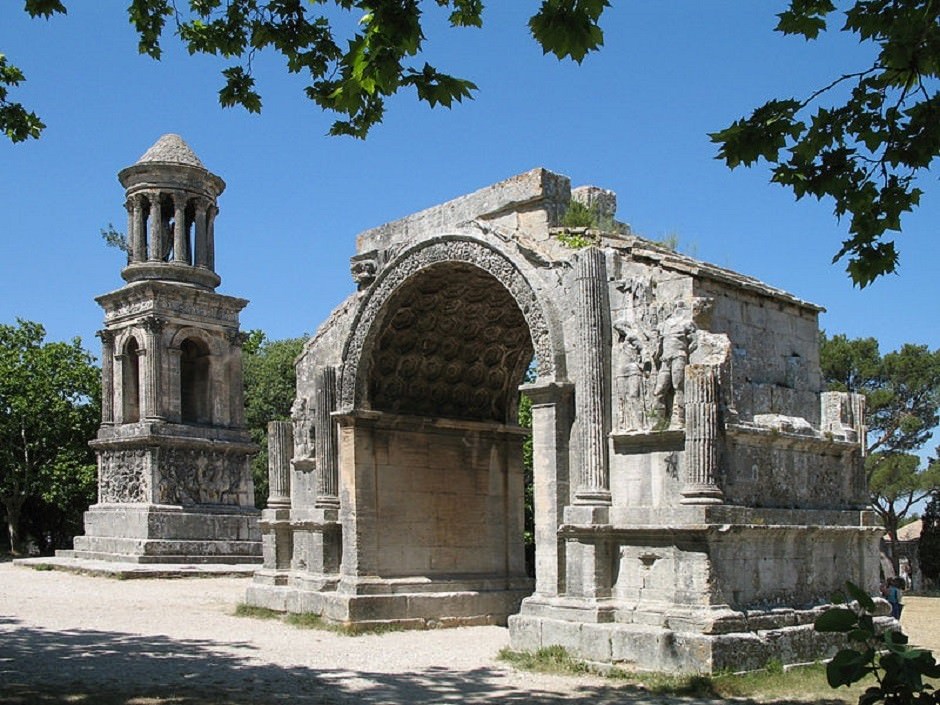Explore the Fete de la Veraison de Chateauneuf-du-Pape
If you’re a wine enthusiast and you’re planning to visit Benvengudo Hotel in August, there’s one event you can’t miss; the Fête de la Véraison de Châteauneuf-du-Pape. Travel to Châteauneuf-du-Pape Benvengudo Hotel is located within the idyllic Provençal village of Les Baux-de-Provence. This puts you within an hour’s driving distance of Châteauneuf-du-Pape. Located three kilometres south of the River Rhône, this unique village is famous for producing some of the most respected red wines in the world. Fête de la Véraison de Châteauneuf-du-Pape Every year, the residents of the village gather together for the Fête de la Véraison de Châteauneuf-du-Pape. This is a summer festival that celebrates the Veraison; the ripening of the region’s wine-making grapes. The event can trace its roots back to the Middle Ages. It was founded during the days this charming settlement served as the summer home of the controversial Popes of nearby Avignon. Since its beginnings, the Festival has evolved into a weekend of traditional events. This includes shows, concerts, wine-tasting galas and other spectacles that celebrate the commune’s robust wine-making tradition. It also regularly features picturesque stalls, pitched battles, mock knight tournaments, magicians, minstrels, jugglers and other medieval themed festivities. This year’s festival The 2015 Fête de la Véraison de Châteauneuf-du-Pape is slated to take place between Saturday 1st August 2015 and Sunday 2nd August 2015. The event is free and will see over 200 actors adorn themselves in Arthurian garb to take you back in time to the days of valour and chivalry. Whilst you’re there, you can also take part in a special event evening at the beginning of the Festival. This is a medieval gala which includes a guided tour of the village, a dinner-show and a specialist wine-tasting, which provides you with an opportunity to sample Châteauneuf-du-Pape’s finest vintages. Tickets cost only €5 per person and it’s free for under 16s. Benvengudo Hotel Benvengudo Hotel is a 4 star luxury boutique hotel located in Les Baux-de-Provence. Set in an authentic Provencal country house, its idyllic location offers a perfect base from which to explore this remarkable region in the South of France. Thanks for reading
